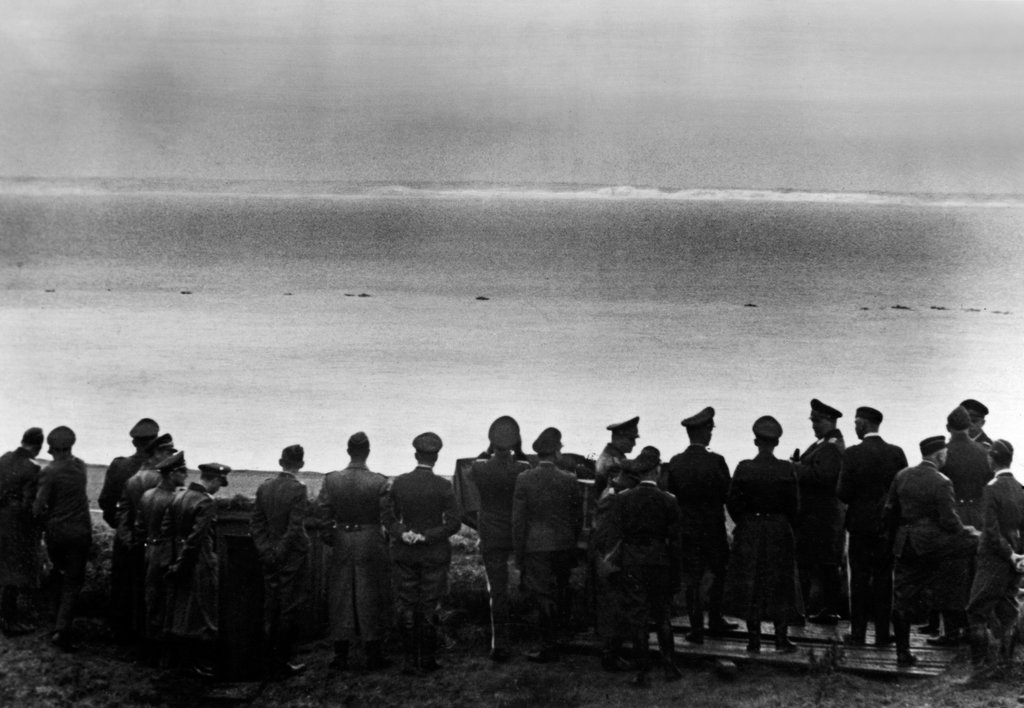To understand the history of Great Britain it is impossible to put aside one of its greatest characteristics: its insularity. The maritime refuge did not prevent them from being conquerors as well as conquered. Its great dominions on the globe contrast with the invasions suffered centuries ago by the Romans, the Vikings or the Normans.
A nation even older than Spain hides a whole range of feats that make up what the British crown today means. However, in summary, the former editor of The Times and columnist for The Guardian, Simon Jenkins, marks the year 1066 as the most important in the history of England. He does so in his last work, A Brief History of England (The Sphere of Books), where he chronologically traces all the relevant events that concern the island, from its Roman conquest to post-Hatcherian times.
While it is true that the invasion of Britain by the Romans was a great change in the future of England, the author points to the Battle of Hastings as the turning point of this historic nation. “For all English schoolchildren that date evokes the figure of a Saxon hero, Harold, and a French villain, William (William), who met and fought in the Battle of Hastings,” explains writer Simon Jenkins.
However, stresses the Birmingham-born author, “the story is rarely that simple.” Harold was not entirely Saxon, while William was not entirely French, more of a descendant of a Norse warrior. Therefore, both came from a Viking lineage and both aspired to claim the throne of England.
The balance was opting for Harold, who was already on the island and who had obtained the approval of Eduardo The Confessor to reign: “The entire kingdom under your protection.” Guillermo, on the other hand, did not abandon his dream and organized a large fleet in which he could transport his army and be able to embark horses.
Blood betrayal
Simultaneously, Harold’s brother, Tostig of Northumbria, allied himself with Harald Hardrada, King of Norway. That betrayal unleashed one more conflict that Harold had to annihilate if he wanted to remain king. Contrary to what one might think, the combat was not even close. “Realizing that the Norwegian was unprepared, Harold’s forces immediately charged them, and in fierce combat, they killed both Hardrada and Tostig.”
His victory in the north would condition the battle against William, who had arrived in Pevensey, a village in the south of England. “Harold had to return with his exhausted army back to the south, to London, where he received a message from William, already camped outside Hastings, in which he renewed his claim to the throne,” says Jenkins.
The dilemma would be resolved with weapons. William had 3,000 men on horseback supported by archers and infantry, and Harold’s exhausted troops were on foot. The Saxons were able to withstand a first Norman attack, but the mathematics did not fail and the strategy of William the Conqueror prevailed.
“A mock Norman retreat prompted the Saxons to break out of their armored-shell formation and charge down the hill, precisely where their men would find themselves in a vulnerable position against the Norman cavalry,” says Jenkins.
In the middle of this attack Harold was hit by an arrow in the eye. Seizing the opportunity, the Normans slashed their way up to him and smashed him: “Harold’s body was so mutilated in the carnage that they had to summon his lover, who was nicknamed with a charming Edith Gooseneck, to to identify the remains. “
On the victorious side, Guillermo decided that his coronation would take place in London, although he still had to deal with several revolts in different parts of the island. Thanks to the fierce repression exerted by the new king, England suffered a process of Normandification. The writer estimates that some 200,000 Normans, French and Flemings moved from the mainland to England and roughly the same number of English died in the monarch’s massacres and in successive famines.
“Norman politics, their language and their culture were injected into the veins of Saxon England. For four centuries, this land was unhappily and bloody bound to continental Europe”, concludes the author.
Modern england
From this great English historical event, A Brief History of England continues to narrate each victory and defeat of a people that would become one of the European powers. His battle against the Scots at Bannockburn (1314) ended up being “the most humiliating defeat of the English army since Hastings”, while the exaggerated victory against the Spanish Great Armada centuries later marked a great change in European hegemony.
In short, the renowned British journalist assures that England has been, as a country, a success. “The Viking and Norman invasions were very forceful, but they did not manage to eliminate the Saxon substrate. The newcomers were assimilated and the Saxon settlements, with their culture and language, remained largely intact,” he says.
Its insularity resisted Philip II, Napoleon’s Grand Armée, and Adolf Hitler’s blitzkrieg. Only its conflicts with its northern neighbors, the Scots, and its civil wars altered the survival of the English system. The matrimonial affairs of Enrique VIII transferred the ecclesiastical power to the Crown, which was favored.
As early as the 19th century, the British Empire established itself as one of the most powerful nations on the globe. “All of this supported the emergence of a UK as a true world power, adorned with all the resources of scientific and entrepreneurial research, all seemingly without limits.” The British Empire became the largest territory to date, comprising a quarter of the world’s population and having a presence on all continents.
Only the 20th century and its progressive evolution of the world order would return England to its insular limits and balance the balance between all the Western states. The history of England, like that of other countries, continues to be written and faces new challenges. Looking back sometimes serves to avoid repeating new mistakes.

